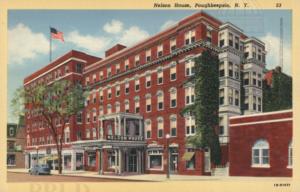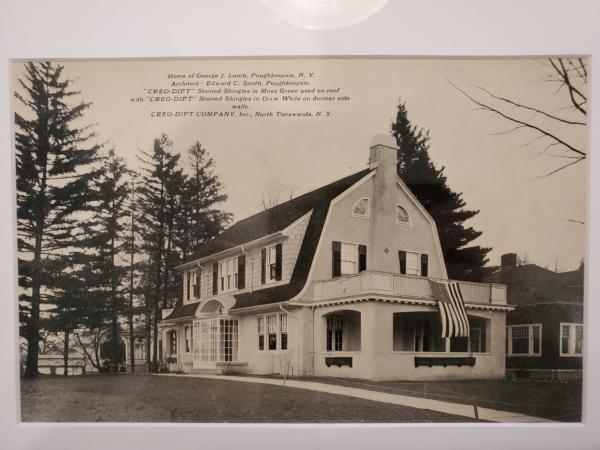No Longer Standing: Buildings of Poughkeepsie – Putnam Hall School
by Shannon Butler As we have mentioned in previous blog entries, Poughkeepsie was once known as "the City of Schools." There were lots of schools around the area that are now simply lost to time. We will go into these schools in an upcoming program in August entitled "Local History Presents: Schools and Seminaries of Old Poughkeepsie." Brooks Seminary for Girls began right around the same time as Vassar College in 1871. It was located where Bartlett Park is today, exactly where a parking lot now sits! The school was originally started by Mary Johnson, and when she married her husband, Edward White, the two built a large building on the corner of Hanscum Avenue and what is now Hooker Avenue. In one of the school's brochures, it proclaimed "Brooks Seminary is located at Poughkeepsie New York, justly styled the City of Schools." The brochure went on to proclaim that the grounds and the building were fit for "any gentleman’s mansion." When one entered the school, you would find not a principal's office, but a fancy parlor, just like one would find inside a mansion, and art on the walls created by the female professors. The school claimed that they did [...]
























